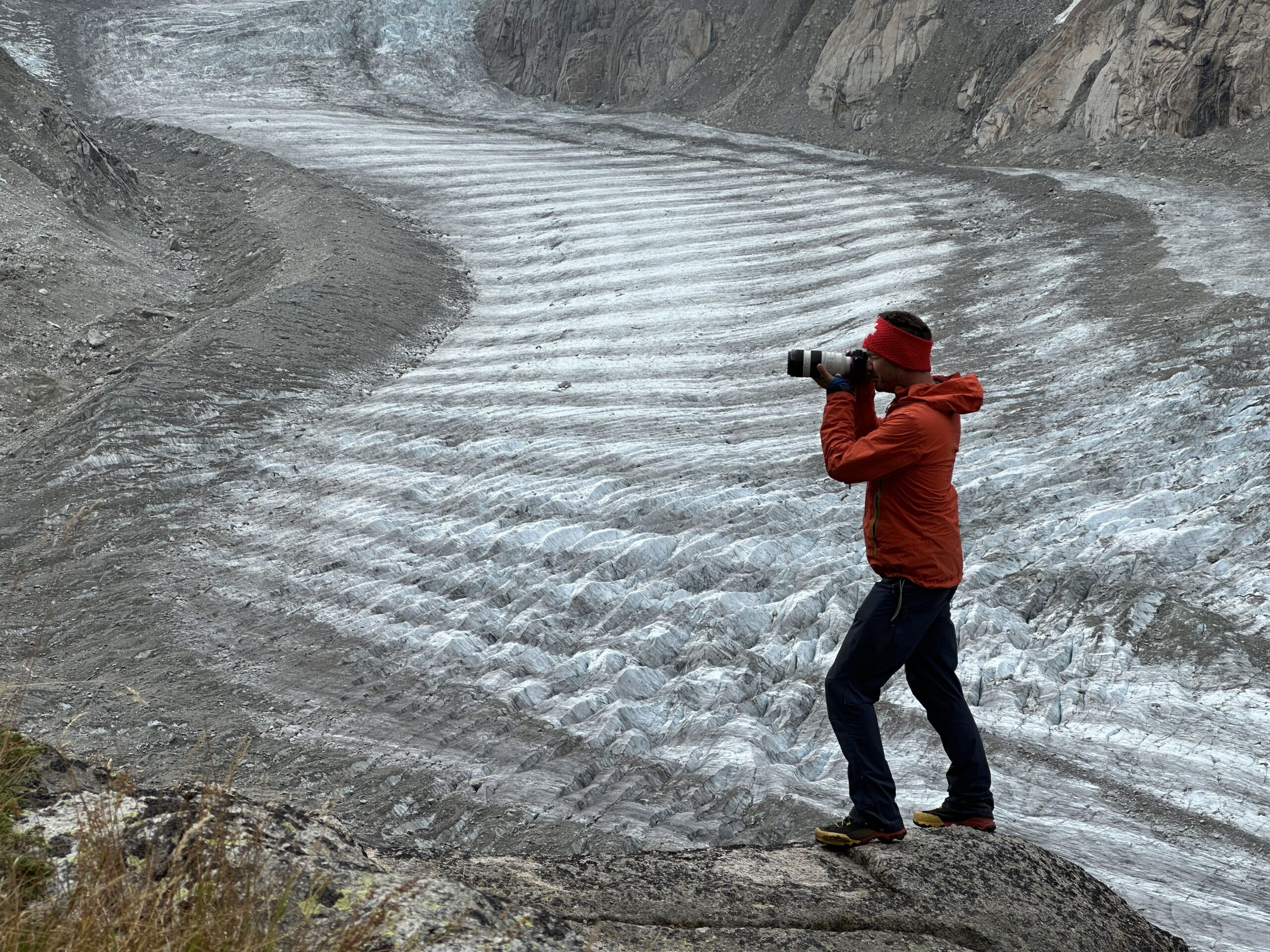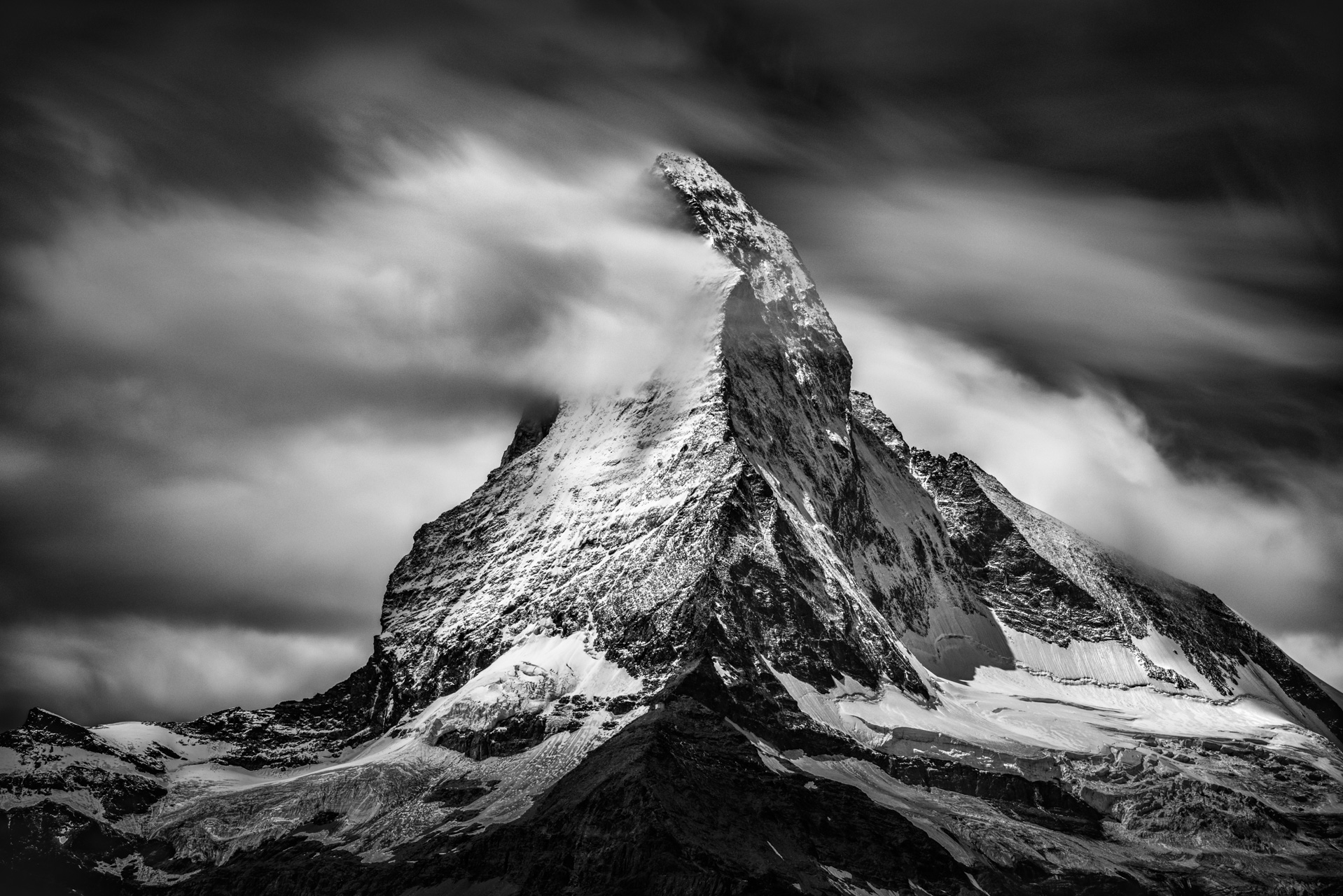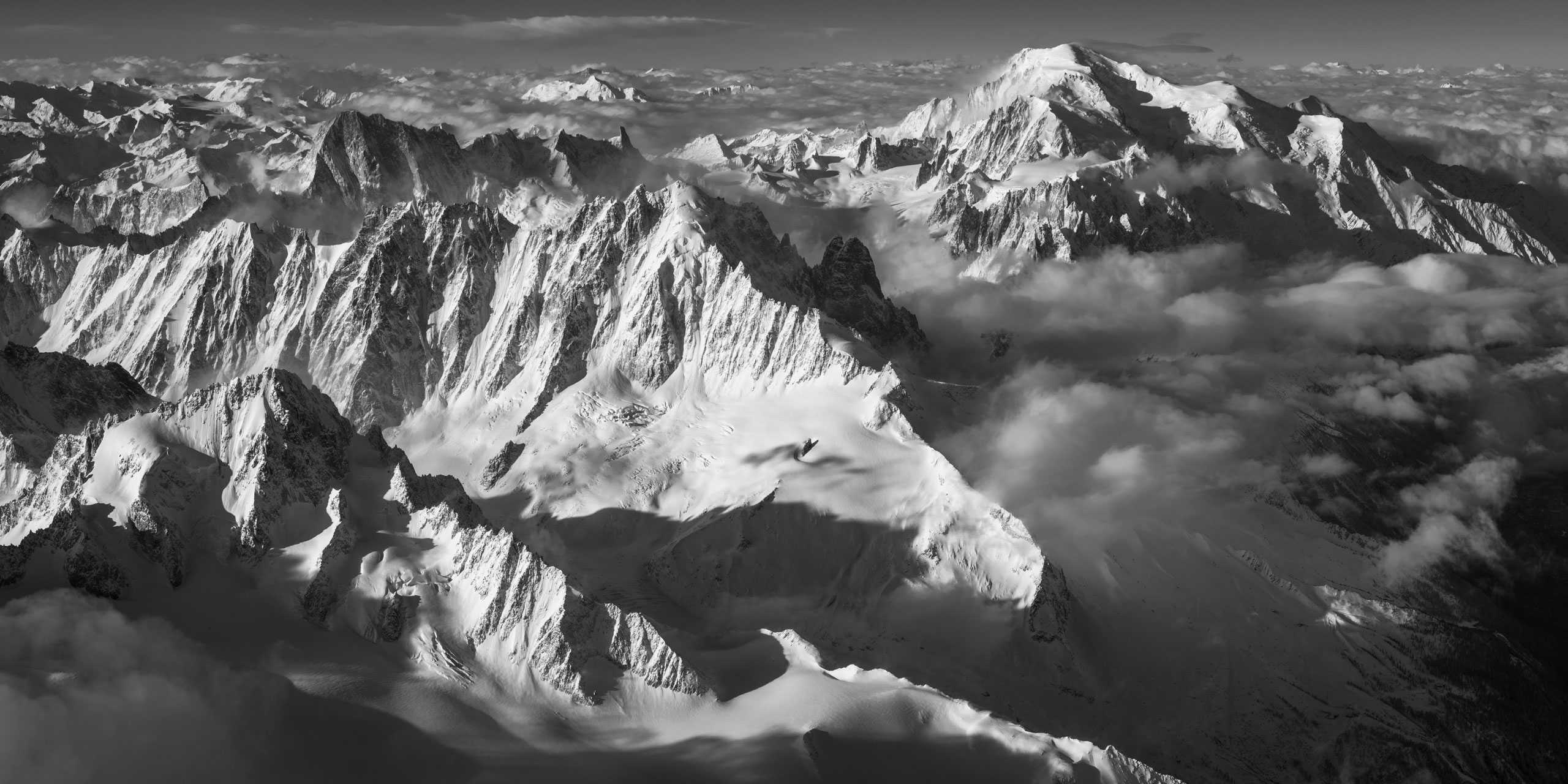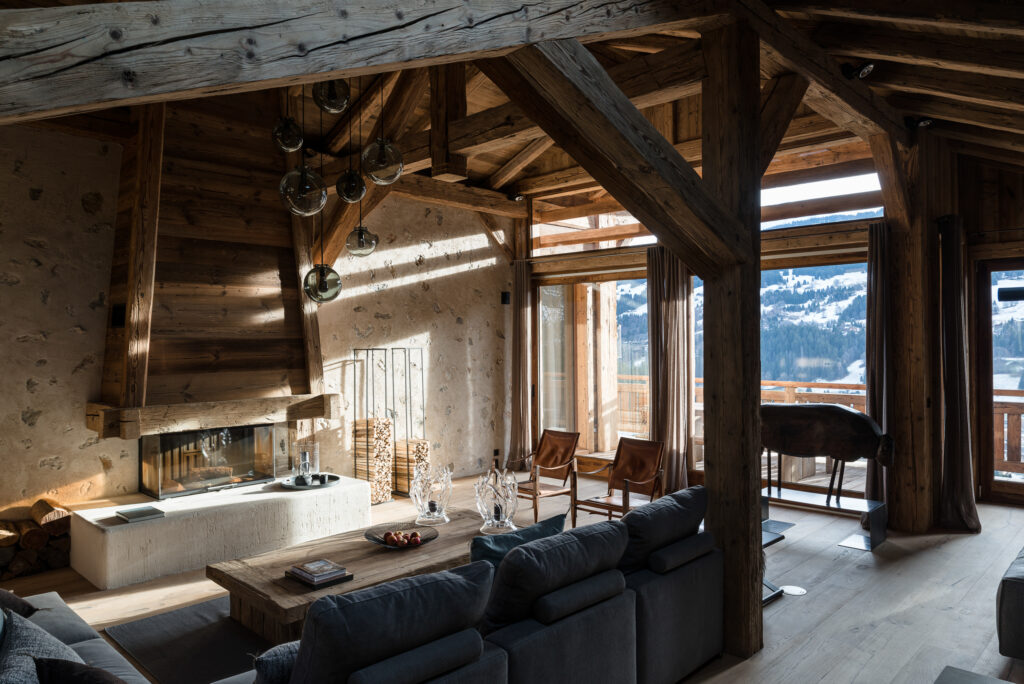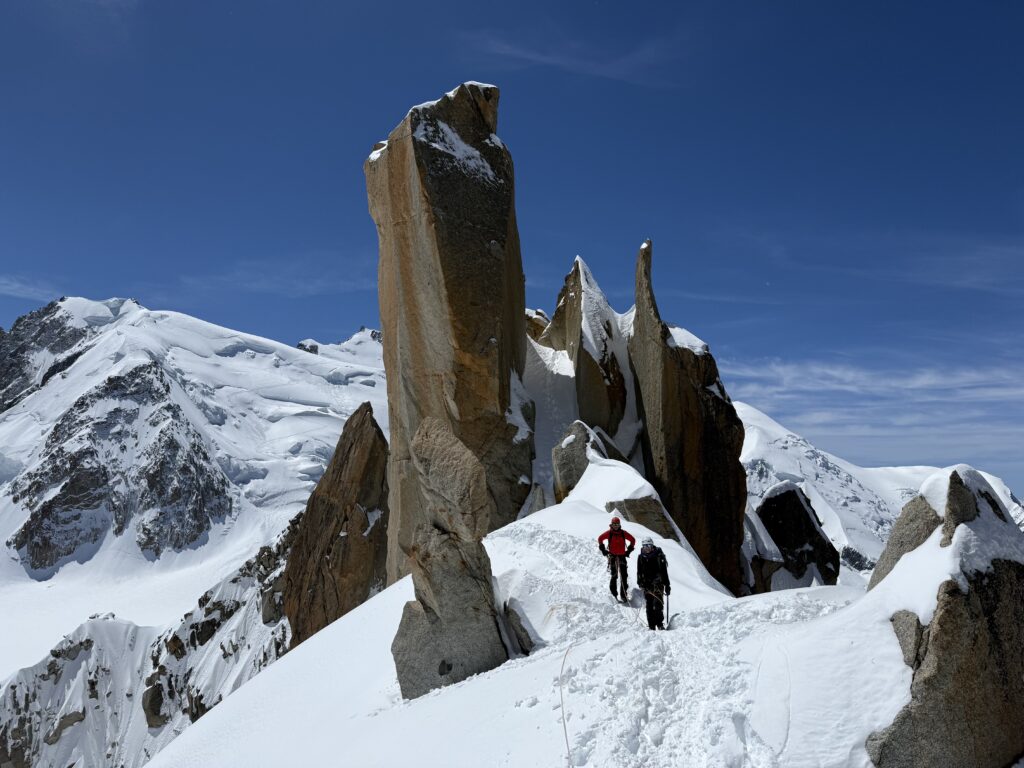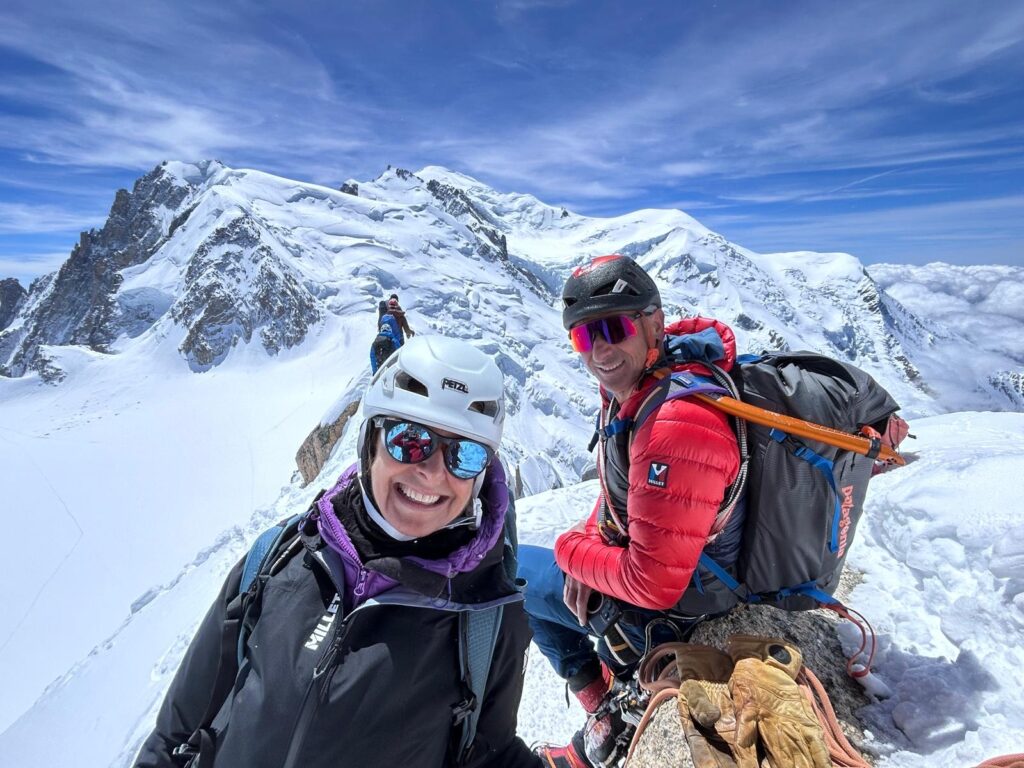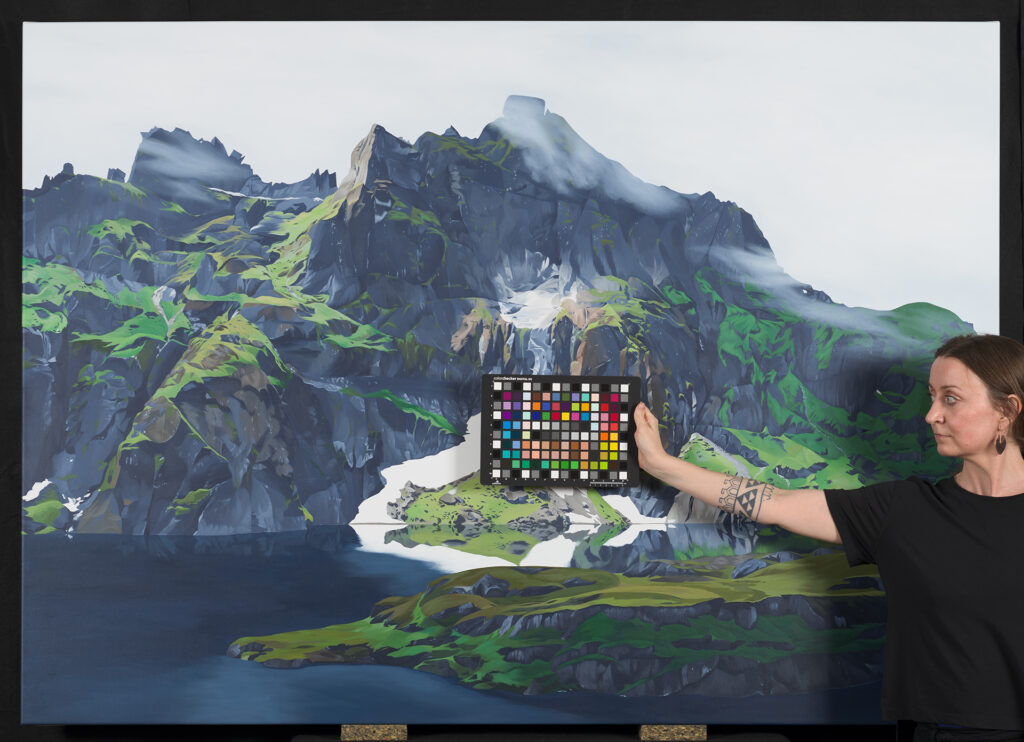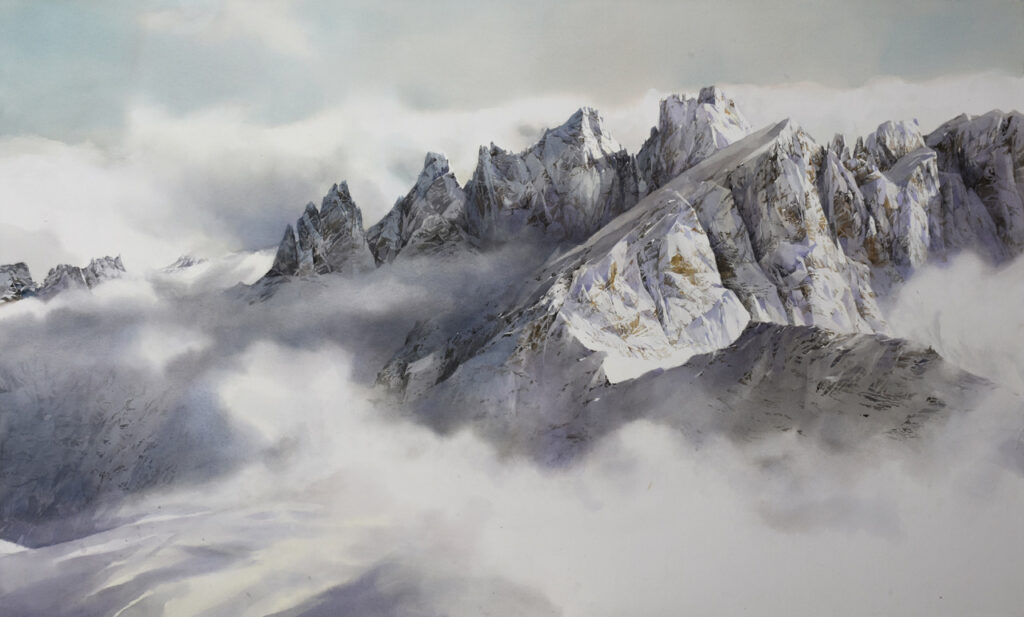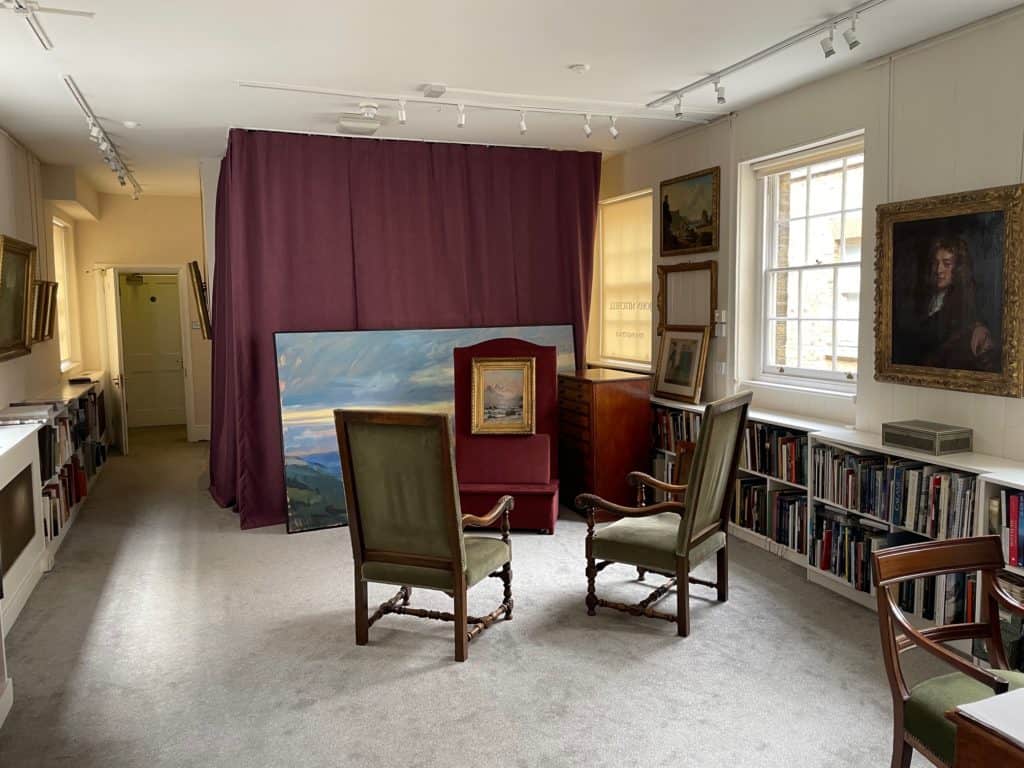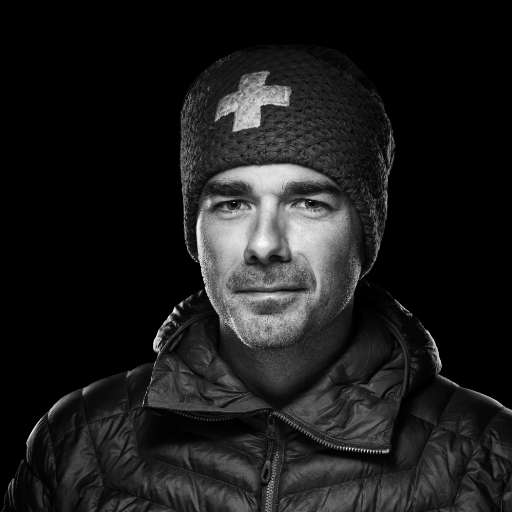Whether mountaineers, photographers or mountain guides, every day I meet people who love the Alps. I ask them about their art, their profession and their ambitions. These interviews are always rich in emotion. But what do you really know about what drives me? Why don't I take a few questions myself? Today, I invite you to step through the looking glass. Meet Thomas Thomas Crauwelsportraitist of the Alps.
Thomas Crauwels Birth of a mountain photographer
Hello Thomas, let's start by talking about your background. You grew up in Belgium, surrounded by plains. How did the mountains manage to conquer your heart?
I've always felt connected to nature. When I was young, I lived in the countryside. As a family, we loved walking and discovering the world around us. I was nourished by simple, authentic things. Even today, this essential link with nature brings me to life. I don't care what the horizon looks like, as long as it's wild.
And then I remember the First snows I saw as a child. In Belgium, snow days are very rare. When I saw the snowflakes falling all around me, I was fascinated. I felt as if nature was opening the doors to a fairytale world. It was there, I think, that I developed a taste for the ephemeral as a miracle of life. Whitened by the snow, the landscapes were no longer the same; I discovered them differently. And that was wonderful.
Until the day when chance brought me to Geneva. The city, the mountains, everything was new to me. I knew nothing of this world. But the more I looked at them, the more the summits intrigued me. An irresistible attraction. So, one day, I set off to meet them in my shorts and sneakers, with no equipment whatsoever. I had no idea of the demands of the mountains. I suffered many setbacks before reaching my first summit. It was in summer, in the Jura mountains. When I got to the top of Le Reculet, I felt immense happiness. I couldn't believe it! After so much effort, I found myself facing a landscape of unimaginable beauty. I just sat there, contemplating it. The changing light, the puffing clouds, the endless horizon. The satisfaction of having gone beyond myself, of having surpassed myself. And the peace you feel when you're alone above it all. I realized then that the mountain had won my heart.
So how did you discover the highest summits in the Alps?
After Le Reculet, I climbed to the summit the Salève. I discovered a landscape bathed in late-day light. Hues specific to the high mountains. A glow that never left me. And in the distance, I caught a glimpse of the snow-covered Mont Blanc massif in the middle of summer. Fabulous! Here again, I felt I had to go. I had to see these legendary mountains for myself. I had to answer their call. The year was 2025, more than 15 years ago.
Back home, while doing some research, I discovered that there were high mountain refuges: the cabanes du club alpin. So I set myself the challenge of joining them all. It was a good way of acclimatizing myself to this new environment. With a rucksack on my back, I headed for the Cabane des Dix in the Val d'Hérémence. But I knew nothing about life in a refuge. When you're up there, you have dinner at 6:30 pm and go to bed at 8 pm. The next morning, you get up at 2 a.m. and set off to conquer the highest summits. When I pushed open the door to the Cabane des Dix, everyone was already at the table. I was stunned! How could anyone set such a pace for themselves and contemplate making such huge climbs? I'd never have imagined that, years later, I'd find myself alongside these climbers. Fate is full of surprises!
Thomas Crauwels and mountaineering: Over 4000 m in the Swiss Alps
If I tell you about the Matterhorn, I can feel your heart beating faster. What's so special about this mountain in the Valais?
Ever since I discovered it, the Matterhorn has haunted my thoughts. Our first meeting was like a revelation. It embodies for me, as it does for many Alpine lovers, the perfect mountain. The very essence of the high mountains. Standing alone on the horizon, inaccessible and gigantic, it leaves no one indifferent. When you arrive in Zermatt, cross the Matter Vispa and catch sight of it, you can't believe your eyes. The image is striking and almost unreal.
And the Matterhorn has always played a major role in my art. It has inspired and guided me from the very beginning. I keep coming back to it to photograph it or climb it. And never does it offer me the same spectacle. Clouds, wind, snow and ice reshape it every moment as they did on the first day. For me, the Matterhorn is a magical mountain! And I could spend a lifetime contemplating it.
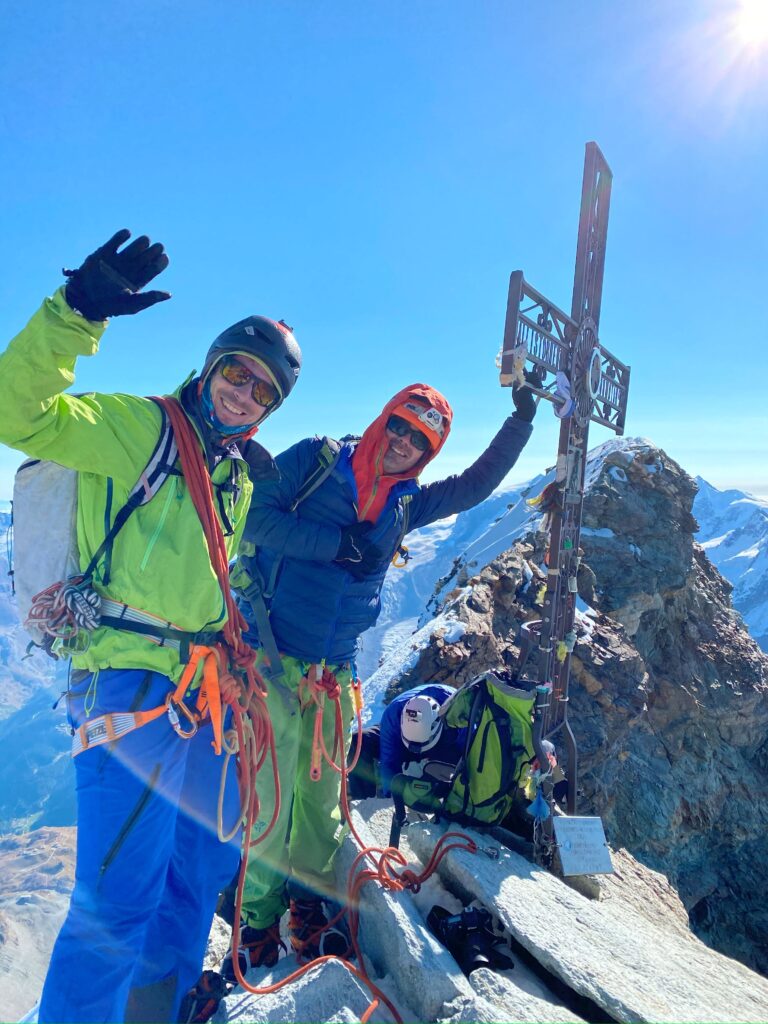
You suffer from altitude sickness, and climbing and skiing are not a matter of course. So why did you take on the immense challenge of climbing all the 4000 m summits in the Alps?
I ask myself this question every day! Probably because I like to push myself, to dream ever higher. When a climb is too easy, I come away almost disappointed, because the experience doesn't live up to the image I have of the high mountains. I crave the ideal. I was introduced to the mountains on accessible routes, but very quickly I wanted to climb the summits the Couronne Impériale in Zinal. For me, these are the most beautiful mountains in the Alps. Then, from one summit to the next, I've now climbed more than half of the 4000s in the Alps. When I think about it, it's incredible!
I think this challenge brings me back to myself, to my raison d'être. I search in mountains what I try to instill in my photographs. A permanent movement between black and white, calm and chaos, ecstasy and despair, confidence and doubt. When I go on expeditions to altitudes of over 4,000 m, I oscillate between opposing feelings. I realize that I am at one with my work. Mountaineering and photography feed off each other. And I grow from this continuous exchange. It helps me to step back, rise and find myself. And this quest for meaning is infinite, because once I've climbed the 82 4000s in the Alps, I can envisage many other routes and summits !
Thomas Crauwels portraitist of the Alps in search of the absolute
Your relationship with the mountains seems to oscillate between a visceral need to get back to basics and a spirited quest for the absolute. Do you feel the same way?
When I'm in the mountains, I feel alive. Simply happy to be there. Watching the sun go down, lighting a fire, melting the snow, heating up a soup or pasta. Living in harmony with the elements, being at peace with myself, concentrating on what's essential, taking my time. All this is priceless. It's a great privilege, and I love these moments more than anything else in the world. Here I am, alone in the heart of nature. An insignificant man in the face of immensity. Nothing happens, but in that nothing there is everything, the very breath of life.
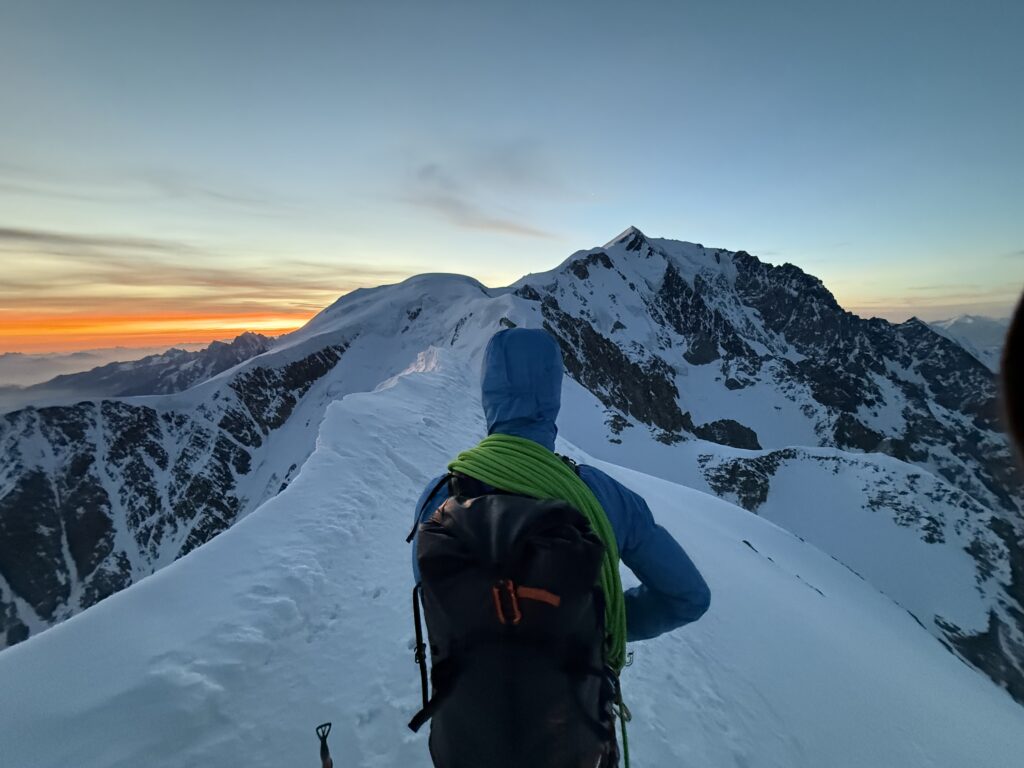
But for art to reveal itself, the landscape must change, the mountain must metamorphose. The winds must rise, the sky must thunder. Life must ignite for a story to be born. Quietness is inner, but it feeds on the pulsations of nature, the vibrations of the world. It's when the elements get carried away, when they collide, that nature unveils a new landscape. And it's this landscape that I photograph. A sublimated mountain. A mountain with a serene soul that rips through the sky to impose itself on us, grandiose and flamboyant.
You describe a deeply moving natural world. Through your photographs, would you like to share with the public your physical and almost mystical experience of the high mountains?
I see myself as a kind of emotional transmitter. My photographs immortalize a unique moment that only I can capture. I want the people who contemplate my work to discover the high mountains through my eyes. That they discover it as it exists only in the sky. At a time when most people are caught up in their daily lives, when it's hard for them to perceive the splendors that surround them, my mission is to be there. To photograph the elusive. To stay in tune with the mountain, so that when the time comes, I can immortalize it in its most beautiful light.
Through my work, I also want to show that nothing can be taken for granted. That everything is renewed and conquered anew. The wind, the clouds, the snow: all around us, nature evolves and reveals its beauties. But to perceive them, we need to be attentive, open to the unknown and unpredictable. You have to know how to seize what nature has to offer. To become a hunter-gatherer again, on the lookout for a prodigy, a fleeting glimpse. It's a huge challenge, but one I'm delighted to take up.
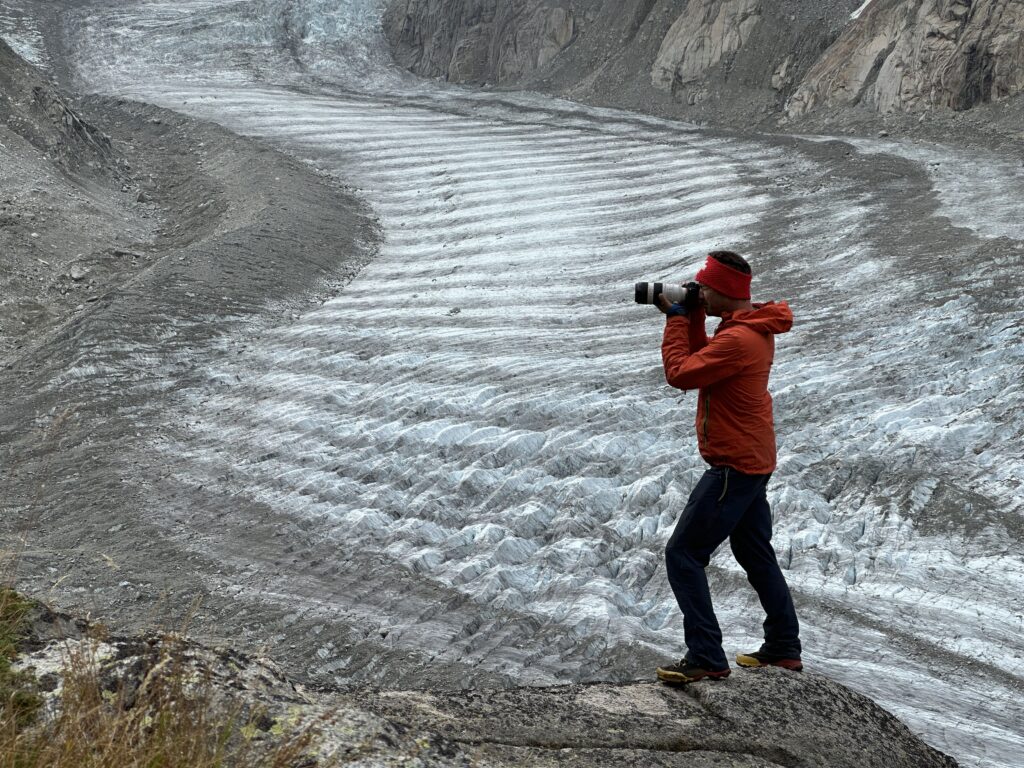
Your black-and-white photographs portray the highest Alpine summits through a play of light and shadow. How do these contrasts inform your work?
It's true that light plays a major role in my art. I love the power that comes from sharp contrasts. Between light and shadow, the mountain appears alive and the scene gains in depth. If I want to convey an emotion through my work, it has to carry a Light message, without unnecessary frills. The mountain alone at the heart of the elements. And our gaze guided to its summit by a play of light and shadow that emphasizes the edges and sculpts the reliefs. From my very first shots, I knew I'd found my style in this language of black and white, in this dance of Yin and Yang.
But we all evolve, and the mountain itself has many faces. Today's photographic equipment offers so much definition that absolute black no longer exists. Today, black is populated by details, and in the light, relief reveals its subtleties. Today, the journey is even more immersive. After so many years of roaming the summits, these technical evolutions open up new avenues for me. By revealing features imperceptible to the naked eye, my photographs reveal a new side of the mountain. The encounter is then even more moving and intimate. And the more imposing the work, the more unique the experience. For it's in large format that my photographs reveal their richness. It's here that emotion bursts forth and takes hold of us.
Thomas Crauwels Artist photographer driven by nature and the beauty of encounters
The mountains guide you in both mountaineering and photography. But what encounters have driven you forward?
My meeting with Vivian Bruchez was essential. It was with him that I made my first major ascents. He taught me a lot about the mountains and about myself. It was during one of these trips that I met my guide, Johann Filliez. He liked my work and we hit it off. It's thanks to them that I discovered the most beautiful sites in the Alps. It's thanks to them that over the years I've been able to claim increasingly difficult climbs. And this experience, this constantly renewed relationship with the mountains, is an inexhaustible source of inspiration for my photography.
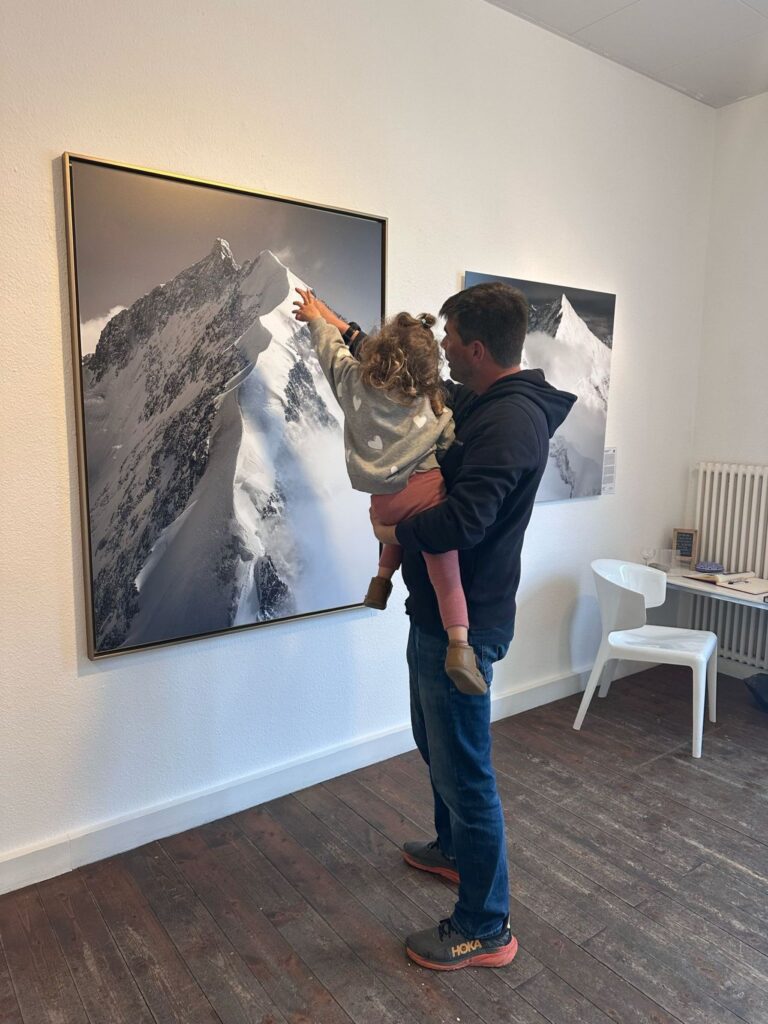
But the ones I owe the most are Tiffany, my partner, and my daughter, Maëlle. Thanks to their love, I've found my balance. Tiffany trusts me, she understands my passion for the high mountains and my need to return to photograph or climb them. She supports me despite my absences and even though my art is very demanding. I'm very lucky to have her by my side. And what about my daughter! Maëlle's birth has turned our lives upside down. When she smiles at me, I'm overwhelmed with joy. And when she cries, I'm distraught. With her, life becomes authentic again and feelings are pure. And in the end, isn't it this raw truth that I seek to convey through my work?
When you exhibit your photographs of the high mountains, what is your greatest reward? Lighting up the Alps? Seeing the sparkle in people's eyes when they look at your work?
When I come back from an expedition and discover my photographs on my computer, I feel an immense satisfaction if the miracle has worked. When the mountain reveals itself to me in a new way. When I discern something unique in a work of art. Sometimes it's nothing, but it changes everything. Then I know I've succeeded in my mission. And I know how lucky I am to have been able to capture that precise moment when nature reinvented itself.
But I'm happiest when people, often my customers, tell me what moves them in one or other of my works. When what they feel is exactly what I wanted to convey to them. Then I get goosebumps and tears in my eyes. It's as if photography becomes a language, and through its lines we understand each other. My works are a kind of mirror of my soul; they contain a part of me. I put into them my rage and my poetry, all my strength and sensitivity, my values and my convictions. So, when someone perceives a work as I thought it, my mission is successful. It's my greatest reward. It's also the most disturbing and touching.
To conclude this interview, can you tell me what the mountains and photography have revealed about you?
A huge question! By photographing the mountains, by becoming one with nature, I became aware of its vulnerability. I realized how ephemeral the Alpine environment is. And that my role, however small, was to preserve its memory. To photograph all the beauties of the Alps to perpetuate their memory. There's nothing eternal about snow today. The glaciers are disappearing, the mountains are crumbling, the Alps are changing. There's nothing I can do about it. But through my work, I can at least pass on to future generations the heritage of this landscape that I love so much.

Above all, the mountain brought me face to face with what I am. A man full of faults who does his best to move forward, but who still has a long way to go. A very long way. When I come into contact with the high mountains, I rise. It helps me to step back. But I know today that the road to greater wisdom is winding. That the journey continues until the last day.
It's strange, I admit, to give myself away like this. I hope you've enjoyed this Alpine escapade. Now it's time for me to get back to my photography. So that together we can have even more wonderful adventures in the high mountains and their wonders.
